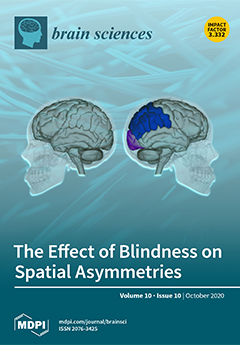
Abstract. In accordance with the results of conducted research there were figured out the content, hierarchy, intensity of motives and their possibility to be implemented in servicemen with various levels of effectiveness of service activity. 8435 male servicemen participated in the research, they equally presented all the operational and territorial military unifications and units of the National Guard of Ukraine. Each unit proportionately presented officers as well as military personnel under contract who included the participants of hostilities and those who did not have such experience. Examination of various aspects of servicemen motivation was conducted with the help of the following the methods which were standardized being based on the Ukrainian selection “Close Questionnaire of Examining the Motivation of Professional Choice Made by Applicants of the Ministry of Internal Affairs”, “Questionnaire of Estimation of the Effectiveness of Military Tasks’ Execution by Servicemen of the National Guard of Ukraine”, questionnaire on “Sense-Bearing and Life Orientations”, the methods of “Studying the Motivational Profile of Personality”, and “Locus of Control”. There was conducted the cluster analysis which gave the possibility to figure out six motivational types connected with the effectiveness of servicemen operational activity. Motivational types were located between the poles which were introduced by two dimensions: self-efficacy (autonomous and controlled motivation) and motivation of helping others (motivations of public service - selfishness).Those motivational types of servicemen were the following: motivated by public service, stagnant, prosocial, romantic, deficient, and dependent. Distinguished types included the content, hierarchy, intensity of motives and their possibility to be implemented.
Keywords: motive, motivational sphere, effectiveness of service, servicemen, public service.
